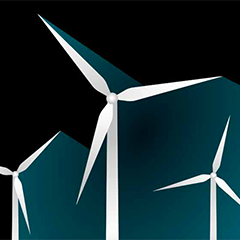If you thought Denmark had already won wind power’s world title, it’s time to think again. A host of pretenders are snatching at the crown, in what will become perhaps a more democratic industry with opportunities stretching far and wide. We consider the other nations waiting in the wings…
Our globe-trotting journey has to begin in Uruguay. The country expects to almost triple its use of wind power as investors plough $2.6 billion into installing more turbines.
The newly-stated goal is to generate as much as 38 percent of its power from wind by the end of 2017, (it stands at around 13 percent now), thereby cementing the country’s position as South America’s top wind-energy user, according to Gonzalo Casaravilla, chairman of the state-owned electric utility UTE.
That sort of growth would put Uruguay in the same ball-park as Denmark, the global wind energy leader, which garnered 43 percent of its power from wind last year. The country of 3.3 million is embracing the energy source because, naturally, it delivers low operating costs and as a hedge against drought, which reduces power from hydroelectric dams and has, in the past, forced the country to rely on fossil fuels.
While the small South American nation is perhaps the globe’s most expensive place to own a vehicle due to its dependency on foreign oil providers – coming from Brazil, Ecuador Iran and Venezuela – self-sufficiency and even becoming an energy exporter is on the horizon. Green energy use will soon reach 40% of the local energy matrix – a contrast to the world average, which stands at just under 17%. So how is this going to happen? The answer: a push for sovereignty, survival and increased investment.


























